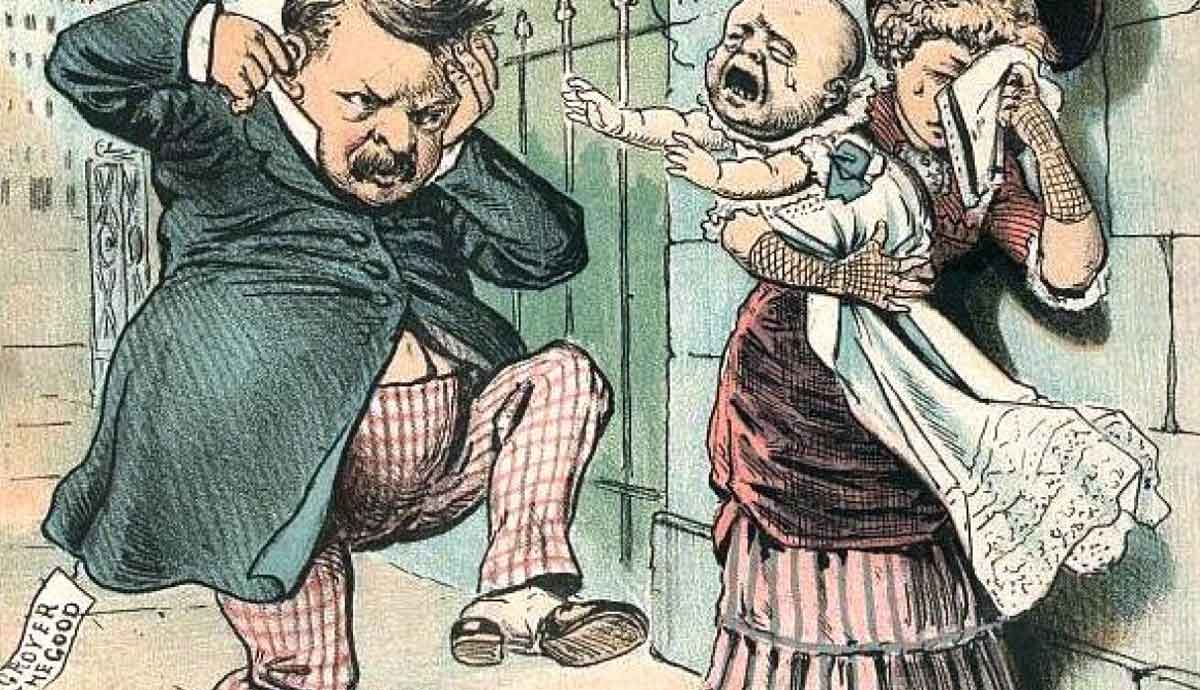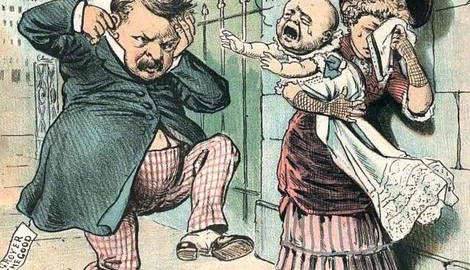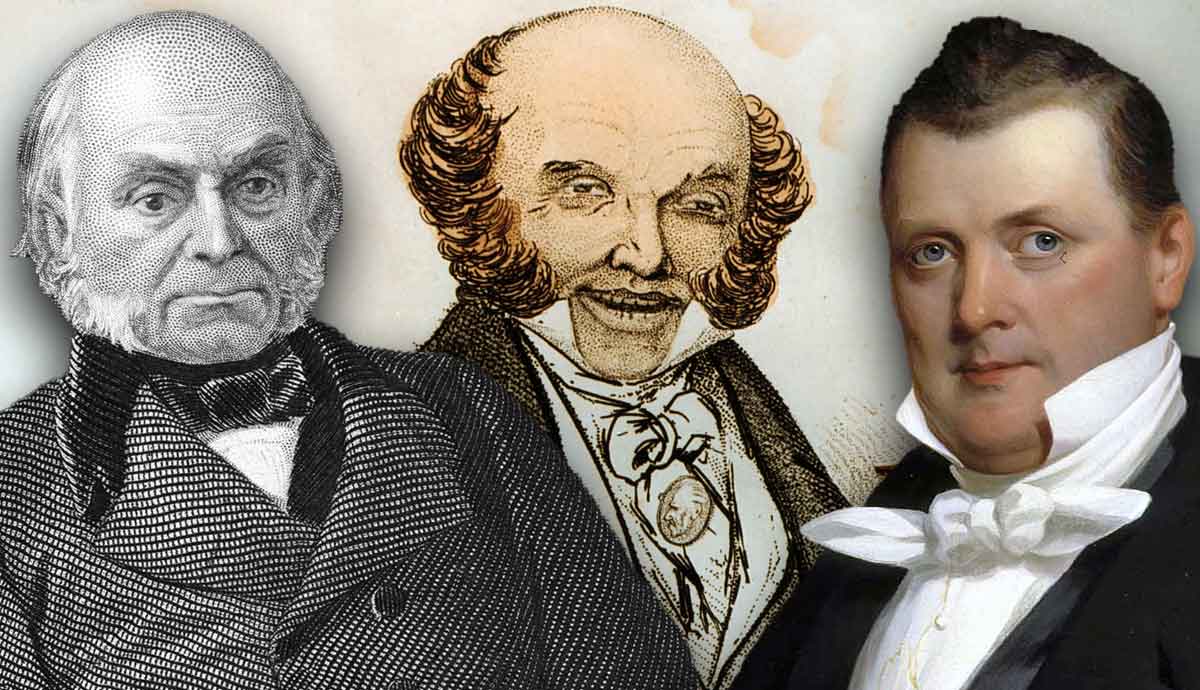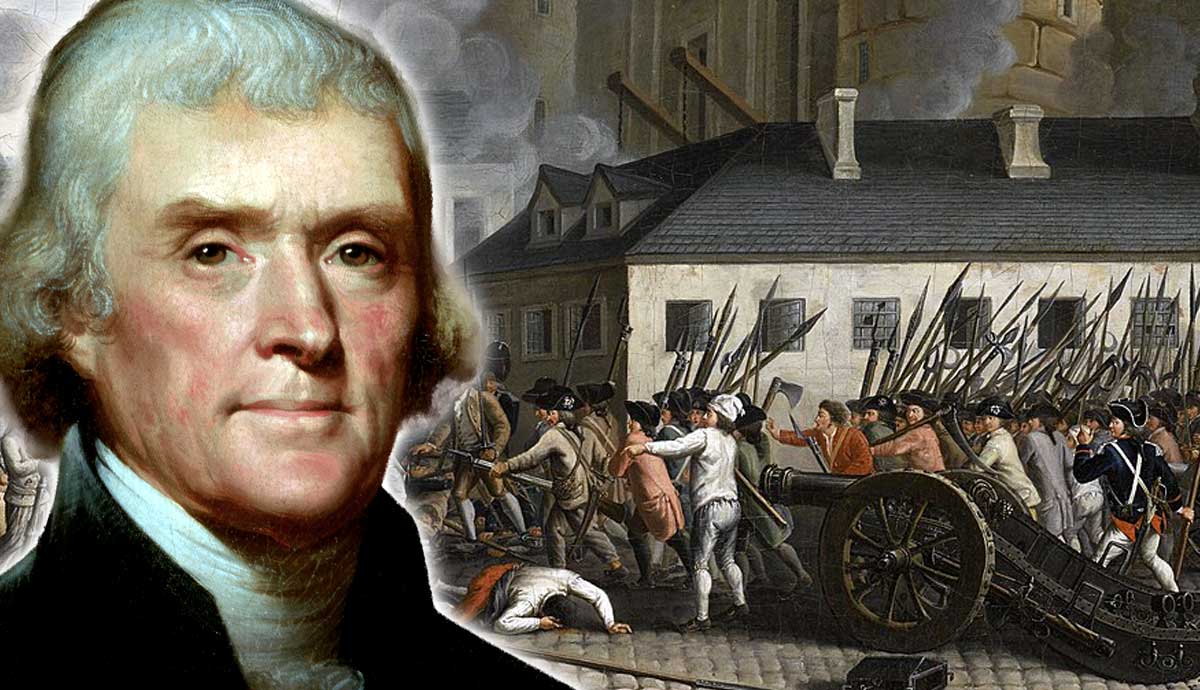
When the US Constitution was written in 1787, the Electoral College was created to pick the US president using a majority vote of wise, experienced, noble electors. It didn’t take long, however, for campaigning for the position of president to become quite the opposite! From the initial battles between John Adams and Thomas Jefferson to today’s current feuds, mudslinging and negative campaigning have developed a rich history in American politics. So, what are the most epic political grudge matches in US history? Which dirty gossip was blatantly false…and what was frighteningly true? Here’s a look at the USA’s ignoble political tradition of “going negative.”
Setting the Stage: The Legality of Mudslinging and Negative Campaigning

The first amendment in the Bill of Rights, which was added to the US Constitution two years after ratification in 1789, stated that citizens had the right to freedom of expression. This meant the right to say things that were unsavory, rude, and even personally offensive without legal punishment. It took only a few years for such crude language to end up in presidential politics. Although the first US president, George Washington, was chosen sedately by the Electoral College, all subsequent presidents had to compete for the position by campaigning.
Mudslinging and “going negative” began with the first partisan presidential elections. In 2002, the Bipartisan Campaign Reform Act (BCRA), also known as the McCain-Feingold Act, included the “Stand by Your Ad” provision to force candidates to acknowledge their attacks on rivals. This is a rare limit on negative campaigning. Previously, the “fairness doctrine” was used by the Federal Communications Commission (FCC) to enforce equal media time for opposing views, but this was abolished in 1987. Similarly, an “equal time rule” still exists but is rarely enforced by the FCC due to the omnipresence of Internet campaign ads.
The Original: Adams v. Jefferson (1796 and 1800)

When George Washington decided to forego a third term in 1796, his vice president, John Adams, decided to run. Adams was a Federalist and found himself facing Secretary of State Thomas Jefferson, a Republican. Members of the two political parties quickly began “mudslinging,” or throwing insults and accusations. An anonymous editorial writer penned a newspaper column accusing Thomas Jefferson of both having an affair with his slave (later determined to be accurate) and displaying cowardice during the American Revolutionary War.
John Adams, not nearly as statuesque as Jefferson, was mocked for his rotund stature and accused of having delusions of grandeur. Adams narrowly won in 1796, but Jefferson returned for a rematch in 1800. Quickly, the mudslinging began again, with similar accusations: Jefferson had poor morals, and Adams lacked the physicality of a proper leader. This time, Jefferson won, forcing the first partisan transfer of presidential power. Fortunately, Adams did not resist, creating the Peaceful Revolution of 1800.
Mr. Populism Talks Tough: Andrew Jackson v. John Quincy Adams (1824 and 1828)

In 1824, the Democratic-Republican Party was dominant, and four members ran for the White House. The most popular of the quartet was a Southerner named Andrew Jackson, widely known for his heroism during the War of 1812. However, despite Jackson winning the most popular and electoral votes, the race went to the US House of Representatives for a final decision since no candidate had won a true majority of electors. The House chose John Quincy Adams, son of former president John Adams, for president. Jackson, of course, was furious.
Four years later, Jackson ran for election…and revenge. His supporters openly accused President John Quincy Adams of corruption for his “behind-the-scenes” win in the House rather than among the populous. Adams’ supporters fired back with attacks on Jackson’s personal life and alleged cruelty as an enslaver and former military officer. Ultimately, Jackson got his revenge with a resounding victory in the 1828 presidential election. His brand, “Jacksonian Democracy,” allegedly increased political mudslinging as it encouraged aggressive, populist campaigning against “elites” in the Northeast.
Banned From the “Ballot”: Abraham Lincoln v. Stephen Douglas v. John C. Breckenridge (1860)

The intense drama over slavery in the elections leading up to the US Civil War (1861-65) certainly increased mudslinging and negative campaigning. An Illinois lawyer named Abraham Lincoln became the presidential nominee of the new Republican Party in 1860. He and his party opposed slavery, placing them in direct opposition to the Democratic Party, which mostly represented farmers in the agrarian (and slave-owning) South. The two political parties slung some intense mud that summer and autumn, with Democrats even insulting Lincoln’s looks.
So intense was the hostility that Southern states tried to keep Lincoln (and all Republicans) off the “ballot” by refusing to print Republican tickets. During this time, “tickets” were used instead of “ballots,” with voters dropping the ticket of their desired political party into the ballot box on election day. However, despite Southern states refusing to print Republican tickets, Lincoln won a plurality of the popular vote—against three other party nominees—thanks to the North’s greater population. The Democrats also split in 1860, with Northern Democrats nominating Stephen Douglas (a longtime Lincoln rival) and Southern Democrats nominating John C. Breckenridge. Combined, the two Democrats received more popular votes than Lincoln.
Post-Civil War Grudge: Rutherford B. Hayes v. Samuel Tilden (1876)

The scars of the Civil War were scarcely healed in 1876 when it came time to pick a new US president. Republican war hero Ulysses S. Grant was finishing his second term, and his party did not want him for a third. Instead, the party went with Rutherford B. Hayes as a modern reformer. The Democratic Party picked Samuel Tilden, who had fought the spoils system and corruption in Gilded Age New York. To overcome the political scandals of the Grant administration, Republicans went on the attack against Democrats by blaming them for the Civil War.
Insults came fast and furious, with both Hayes and Tilden accused of financial theft and corruption, among many other unsavory alleged deeds. Ultimately, Tilden won the popular vote and collected 184 electors but needed 185 to win. Three Southern states had yet to certify the election, so the Republican administration of President Grant went to supervise the counting of votes. Ultimately, Congress created a commission to determine what should be done about the electoral votes of the three states. After hearing arguments from Hayes’ and Tilden’s lawyers, the commission awarded the electoral votes—and the presidency—to Hayes.
First Modern Presidential Candidate: William Jennings Bryan v. William McKinley (1896)

By 1896, farmers had been joined with urban labor to create a stronger Democratic Party. Their leader was a staunch populist named William Jennings Bryan. Many historians consider Bryan as the first modern presidential candidate, as the young and clean-shaven populist actively campaigned with frequent public rallies. Opponents argued that this was undignified; previous candidates let their supporters do the yelling. Bryan was also criticized as a usurper, as the Democratic Party had abandoned its own incumbent president, Grover Cleveland, for the young Midwesterner.

Bryan’s new style and quick rise to popularity angered many traditionalists, especially Republicans. They found his campaigning unseemly, claiming Bryan “begged for the presidency as a pauper begs for a cake,” and even accused him of being mentally ill. Some Republicans even got medical professionals to argue in newspapers that the Democratic nominee was irrational. Perhaps it all worked: Republican nominee William McKinley, backed by “sound money” millionaires, won that November.
A Third Party Spoiler: Theodore Roosevelt v. William Howard Taft v. Woodrow Wilson (1912)

One president who was not afraid to talk tough was William McKinley’s sudden replacement, Vice President Theodore Roosevelt. “Teddy” Roosevelt was renowned for his brashness and toughness and won his own four-year term in 1904. Despite his popularity, Roosevelt followed Washington’s precedent and did not pursue a third term in 1908. His handpicked Republican successor, William Howard Taft, became president instead. However, four years later, Roosevelt was dissatisfied with his chosen replacement, and wanted back in the White House himself.
Taft did not plan to step aside, pitting him against his former boss. This resulted in some heated mudslinging as the Republican National Convention approached. Roosevelt, a Spanish-American War hero, insulted Taft as unfit and feeble, while Taft retorted that Roosevelt’s ego was out of control. The Republican Party leadership stuck with Taft, splitting the party vote as Roosevelt broke and created his own Progressive (also known as Bull Moose) Party. This split allowed Democratic nominee Woodrow Wilson to become the first Democrat in decades to win the White House.
Racist Attacks on America’s First Non-White President: Barack Obama (2008 and 2012)

In 2008, a young US senator from Illinois became the first nonwhite candidate to have a serious shot at capturing the presidential nomination of a major political party. Unfortunately, this resulted in a lot of mudslinging from political opponents. As an African American with “Hussein” as his middle name, Barack Obama was frequently accused of being a radical Muslim. Racism played into other attacks where his white predecessors were less targeted, such as youth drug use.
Fortunately, the mudslinging toward Obama did not come from his Republican rivals. In 2008, Republican nominee John McCain defended Obama against allegations of being an “Arab.” In 2012, Republican nominee Mitt Romney did not accuse Obama of being born outside the United States…but did receive criticism for not pushing back against the controversial birtherism movement. Obama ended up releasing his Hawaiian birth certificate to prove that he was a natural-born citizen. Ultimately, Obama won both the 2008 and 2012 presidential elections despite continued rumors of being radical and anti-American.










